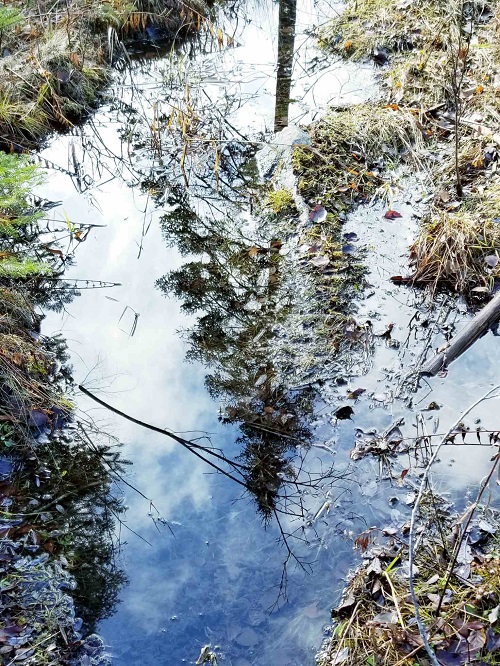In the winter of 2020, the Covid pandemic was making it hard for people to get together in person. I figured that Zoom meetings could be a worthwhile substitute: People can meet and talk face to face without having to leave home, and “share their screen” with the other (to show everybody the meeting agenda, for instance). So I opened a “Zoom Pro” account and put out a message on Resilient Manitoulin offering to host group Zoom meetings using my account. Some local groups took me up on that.
After the group told me when they wanted to meet, I scheduled the Zoom meeting and emailed the members invitations. These include links which the member can click on at the scheduled time to join the meeting, after downloading the free Zoom app that runs on their computer (or their phone). When the person chairing the meeting joined it, i could then hand over the “host” role to them, and leave the meeting. The group could then continue the meeting until they decided to end it.
I also connected with Mary Yett, a permaculture/gardening expert who lives near Tehkummah (southeastern part of the Island), and we held some free Zoom sessions where she could answer live gardening questions from participants. We sent notices to Resilient Manitoulin for those too.
My Zoom “Pro” account costs $200 a year, but a Zoom Basic account is free and allows you to hold meetings with up to 100 people, although they are limited to 40 minutes. So there are ways to meet with people without leaving home that don’t cost anything. Zoom is not the only one, but it’s the one I’m personally familiar with. All kinds of groups and organizations use it now to hold face-to-face meetings without having to be together in one place.
I’ll wrap up this series after the Six Foot Festival at Debajehmujig Creation Center ends tomorrow. This blog is another example of an inexpensive way to connect with people, and if anybody wants to try it (or be a guest writer here), contact me and i’ll try to help.

